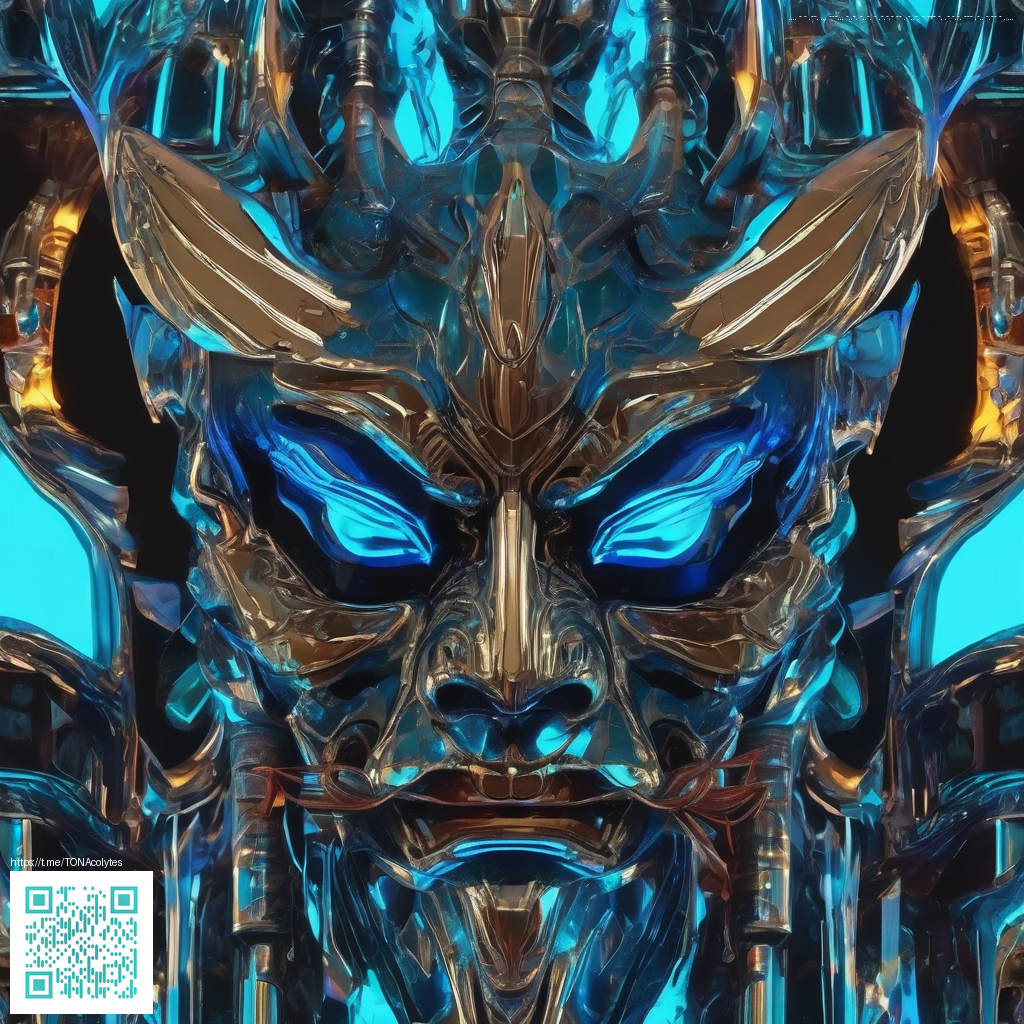
Performance and Setup Strategies for Planet Coaster
Building a bustling park with intricate coaster tracks and lively scenery is half the fun. The other half is making sure your rig keeps up with the chaos without turning frame rates into a roller coaster of their own. This guide dives into practical setup choices, in game settings that matter, and community driven tips to keep your park running silky smooth as your crowd grows.
Whether you are chasing higher frames per second or simply aiming for stable performance during peak park hours, the core idea is balance. You want visuals that pop yet remain responsive during big rides and crowded pathways. By aligning hardware, storage habits, and in game options you can unlock a consistently enjoyable experience even on mid range machines. 💠
System considerations in today’s setup
Planet Coaster was designed to run on a variety of hardware configurations, but the long term goal for a stable session is to align your components for steady data flow. A solid multi core processor helps physics calculations and ride simulations. Sufficient memory keeps park data, crowd behavior, and scenery textures fluid as you expand paths and entrances.
Graphics power remains important for textures and lighting. A capable graphics card with ample video memory helps prevent stuttering during large scale builds. Storage speed also matters; an SSD reduces load times when you open your park or when you load large areas after a long play session.
Optimizing your hardware and drivers
Keep drivers current to harness the latest game ready optimizations. Nvidia and AMD control panels include options that can boost performance in open world simulations. Enable game mode in Windows and consider a clean boot to free up cycles for your park. These steps reduce background noise that can sap performance during critical moments.
For laptops and compact desktops, aim for a balance between wattage and cooling. A well ventilated setup prevents thermal throttling that can drag frame rates down in dense scenes. If you have the option to upgrade, prioritize a faster SSD for quick map loads and more RAM for smoother crowd logic and scenic detail.
In game settings that genuinely move the needle
- Resolution and display quality should match your target frame rate. If you notice stuttering, drop from ultra to high and test from there.
- Texture detail benefits from more VRAM, so align texture quality with the available video memory on your card.
- Shadow resolution and distance impact both visuals and performance. Reducing shadow draw distance often yields a noticeable uptick in smoothness.
- Terrain and foliage densities can be dialed back without ruining the overall vibe. Focus on key hotspots where crowds gather rather than every single blade of grass.
- Anti aliasing and post processing are heavy hitters. A modest setting can crisp edges without killing fps, especially during large scale lighting scenes.
- View distance controls how far you can see park edges. Shorter draw distance helps when your park sprawls across a large map.
During late stage park builds, try a targeted approach. Keep core attractions crisp and vibrant while gradually easing background flora and distant effects. The goal is to maintain physics accuracy and ride smoothness while preserving the feel of a lively world. If you rely on mods, be mindful that some add ons can increase load times or memory usage. Moderation is key to preserving both performance and stability. 🌑
Modding culture and community driven tips
The community around Planet Coaster thrives on creative builds and third party content. Mods can introduce new scenery options, improve UI quality of life, or enhance park management tools. When integrating mods, read user feedback and start with smaller additions to gauge how they impact performance. Always back up saves before testing new content and keep a rollback plan handy in case a modification introduces instability.
Performance minded creators often share optimization tips that apply to different hardware configurations. You will find discussions about texture streaming, memory usage, and how to optimize large coaster layouts. Engaging with these threads can help you identify practical changes that fit your unique setup without overhauling your entire workflow. 🧭
Developer perspective and patch cadence
Frontier Developments and its team have historically focused on balance between creativity and stability. Updates typically include bug fixes, performance improvements, and new content that stays true to the core design. If you are keeping an eye on the pulse of the game, look for notes that mention tech fixes, crash reductions, and optimization tweaks alongside new scenery packs. A steady stream of patches has a meaningful impact on long term playability and enjoyment. Respect for the engineering side helps players plan builds that last.
We want players to spend more time building and less time troubleshooting. Iteration on performance helps everyone push bigger, brighter parks without sacrificing responsiveness
In practice this means testing your park after each major patch and re balancing graphics settings accordingly. The more you participate in the dialogue around updates, the better your own setups will become. Keep notes on what you changed and how it affected frame rate during peak moments. This habit pays dividends when you design ambitious roller coasters with dozens of cars in motion. 💠
With careful attention to hardware, in game options, and community knowledge you can craft a setup that supports your most ambitious layouts. The thrill of streaming crowded plazas and looping coasters is matched only by the satisfaction of a rock solid frame rate. The result is a more immersive sandbox where creativity that shines visually never comes at the cost of performance. 🌙
Support a decentralized internet